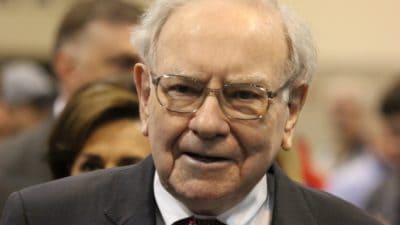Today I am explaining what investors should consider before investing in financial colossus Lloyds Banking Group (LSE: LLOY).
Capital pile continues to rise
The state of Lloyds’ capital pile has long been a bone of contention with potential investors. The firm famously scraped past European Banking Authority ‘adverse scenario’ stress tests late last year with a CET1 ratio of 6.2% — just 70 basis points above the minimum requirement — and barely managed to hurdle the Bank of England’s assessments the following month.
However, these tests assessed Lloyds’ economic health as of the end of 2013. Since then chief executive António Horta Osório’s mixture of stringent cost-cutting and asset sales has continued to bolster Lloyds’ financial strength, and the bank is on course to deliver run-rate savings of £1bn per annum by the close of 2017. Consequently Lloyds’ CET1 reading registered at 13.3% as of June, shooting from 12.8% at the end of 2014.
Fines continue to clock up
This steady improvement in Lloyds’ capital health allowed the bank to crank its dividend policy back into gear in the spring. However, the company’s balance sheet continues to be smacked by a steady stream of regulatory fines — Lloyds has squirreled away more than £13bn to cover its PPI-related misdemeanours, the firm having swallowed a further £1.4bn charge in the first half.
Lloyds’ investors toasted news this month that the Financial Conduct Authority plans to impose a 2018 deadline for those intending to lodge claims for previous product mis-selling. But this still leaves plenty of time for swarms of suitors to file complaints with the regulator, no doubt egged on by claims specialists tapping their wristwatches with increasing fervour.
Earnings expected to stagnate
Another area of concern for Lloyds is a poorly growth outlook for the years ahead. In a bid to slash expenses and de-risk its operations, the ‘Black Horse’ brand now operates across just seven countries, down from around 30 during the pre-recession era. And the part-nationalisation of the bank means that Lloyds has been require to take a more ‘sensible’ attitude to banking.
The bank’s consequent focus on its British retail operations is hardly expected to get the earnings pumping excitedly higher, and Lloyds is predicted to post a 5% bottom-line improvement in 2015 before recording a 6% slide in 2016. Subsequent P/E ratios of 8.9 times and 9.9 times for 2015 and 2016 respectively represent great value, but remain roughly in line with Barclays and other industry peers that boast much stronger growth forecasts.
Dividends set to ignite
Still, Lloyds’ safe-if-boring High Street approach at least gives it much better earnings visibility than many of its industry rivals. Both Standard Chartered and HSBC face continued questions over the impact of Chinese economic cooling on future revenues, while the touted instalment of Jes Staley as the new head of Barclays could provide its risky Investment Bank with a fresh lease of life.
And this more robust bottom-line outlook — combined with its steadily-improving balance sheet — obviously bodes well for future dividends. Indeed, a full-year payout of 2.5p per share is currently forecast for 2015, yielding 3.3%. And this leaps to a lapel-grabbing 5% for next year thanks to an expected 3.9p reward.







